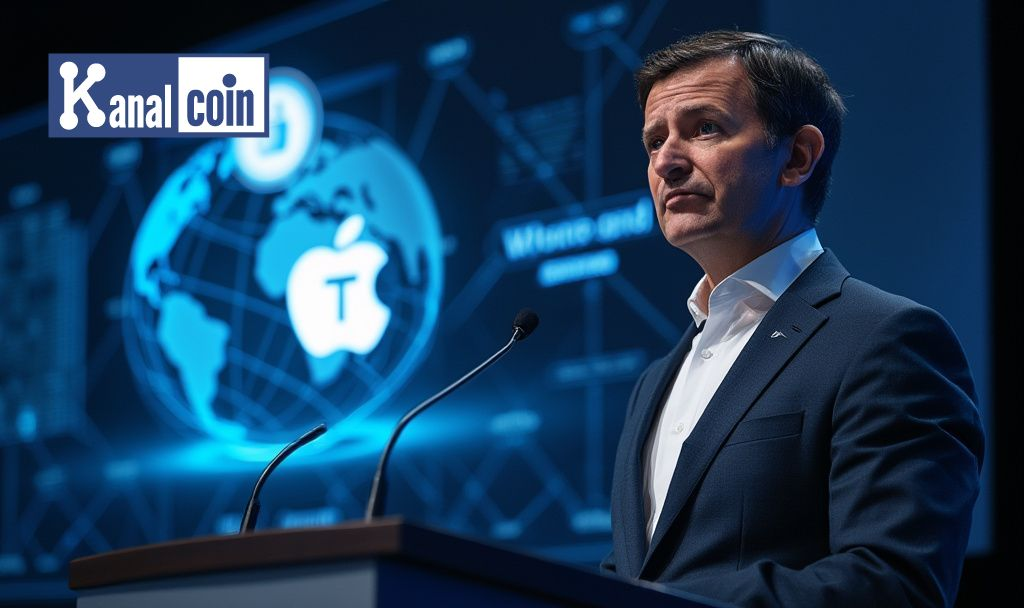
An analyst has warned that Apple could face a loyalty challenge if tariff-related costs increase iPhone prices to $2000, affecting customers worldwide.
The potential price hike raises concerns over Apple’s market standing and customer retention, amid speculation on tariff changes impacting global tech markets.
Analyst Predicts iPhone May Hit $2000 Due to Tariffs
Recently, a top analyst highlighted concerns about potential iPhone price increases to as much as $2000 due to tariffs. These findings focus on Apple’s ability to maintain customer loyalty amidst rising costs. Apple’s clientele may face increased financial burdens, leading to potential market shifts. Tariff-induced price hikes are anticipated to reshape the competitive landscape, stressing the importance of consumer retention strategies.
Possible Decline in Apple Brand Loyalty Foreseen
Analyst opinions suggest possible declines in brand loyalty if iPhone prices rise significantly. Customers might explore alternatives, raising questions about Apple’s strategic adaptations in a fluctuating market. “Saying we can just make this in the USA is a statement that incredibly understates the complexity of the Asia supply chain and the way electronics, chips, and hardware are made for U.S. consumers over the last 30 years,” said Dan Ives, Tech Analyst, Wedbush Securities.
Stakeholders express concerns over long-term financial implications. Historically, price sensitivity has affected consumer behavior, contributing to market volatility. Analysts emphasize the importance of strategic pricing to mitigate risks.
Tariff Impacts Reshape Markets: Lessons for Apple
Historically similar tariff impacts have reshaped industries. Apple’s current challenge is compared, indicating potential economic pressures similar to past market shifts, demonstrating possible consumer behavior changes. Experts from Kanalcoin highlight potential outcomes, referencing historical data. The parallels to previous economic events suggest Apple must innovate to maintain brand loyalty amidst rising operational costs.









